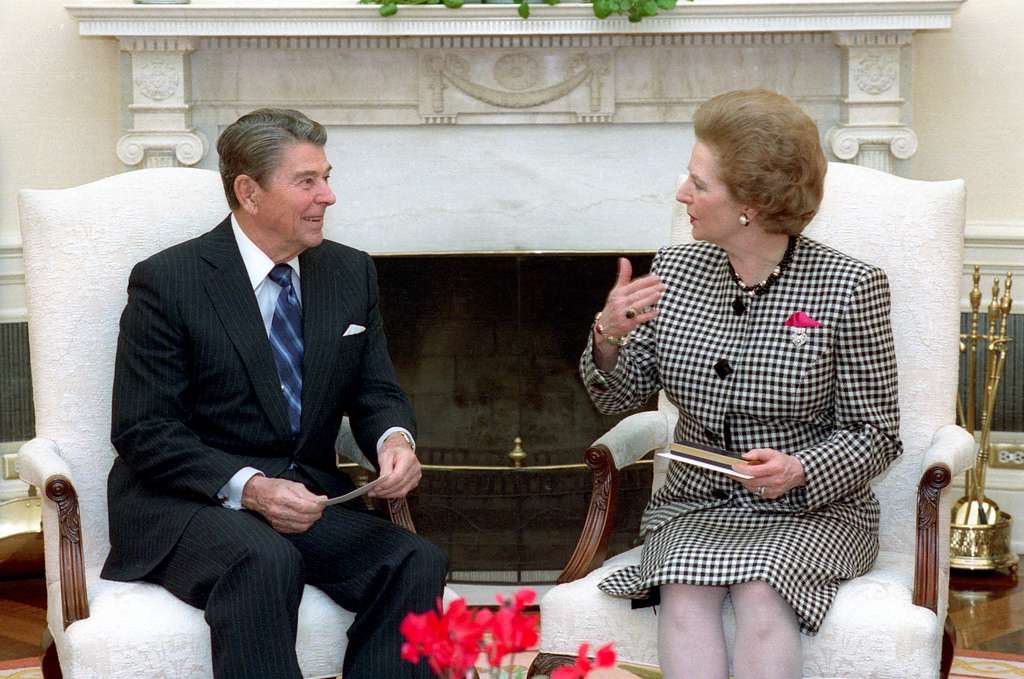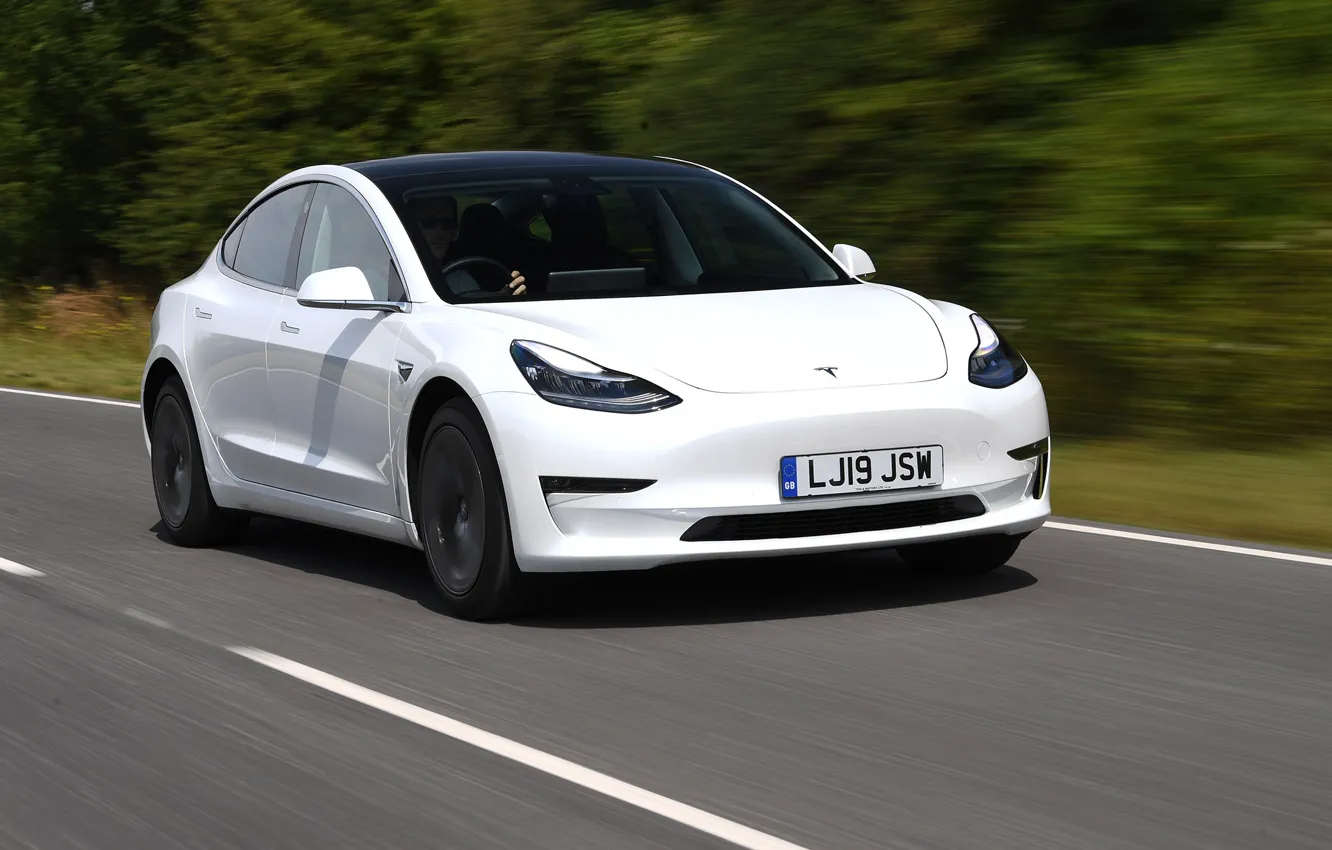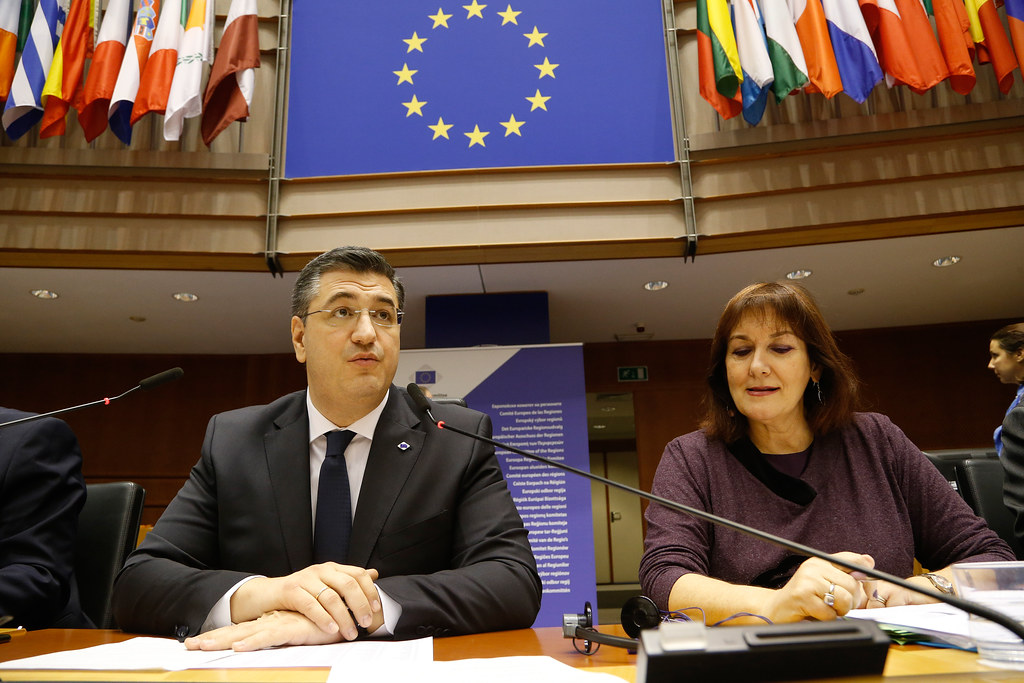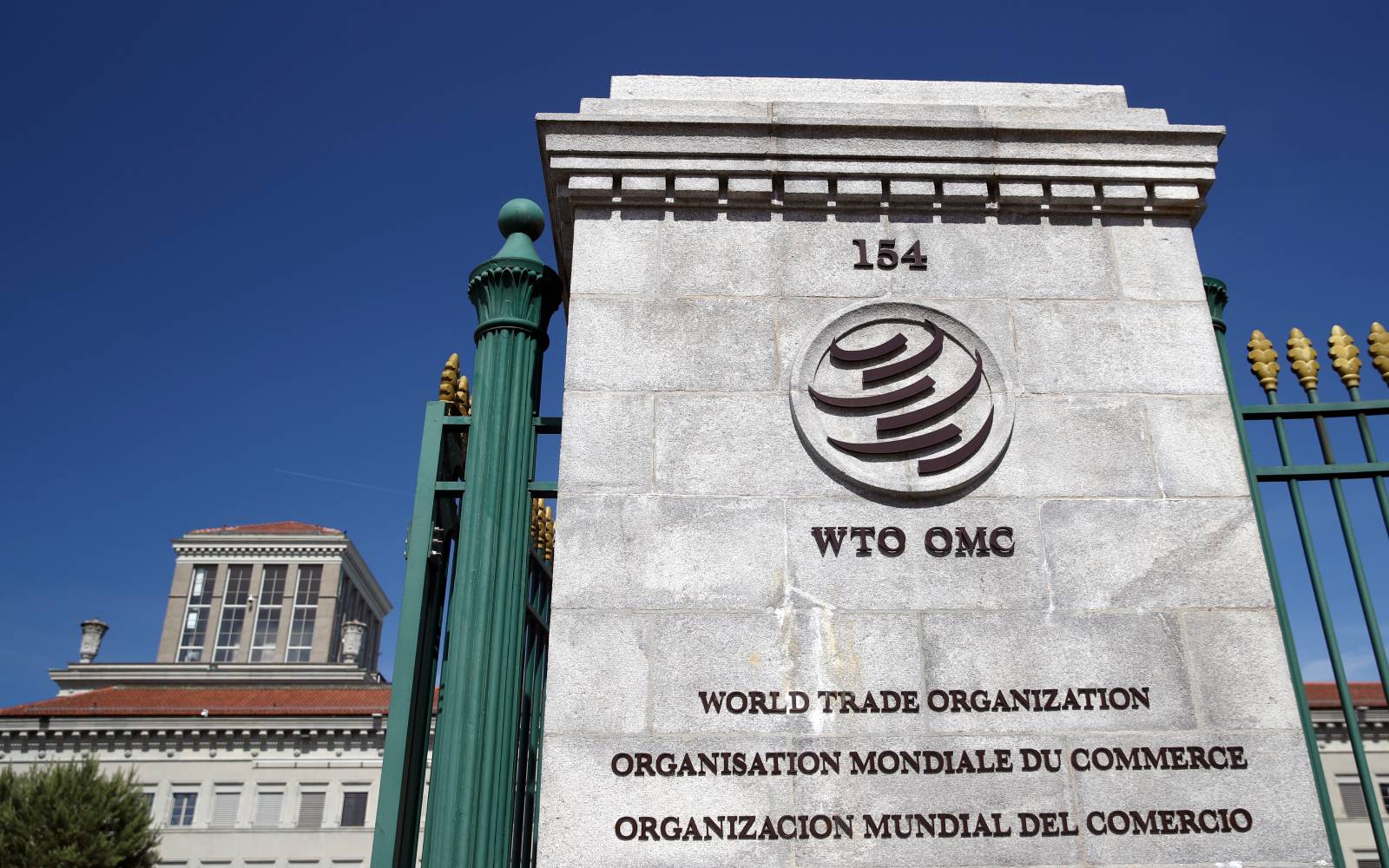Florida, a state long associated with luxury beachfront properties and high-end coastal living, is rapidly becoming a battleground of climate inequality. Rising sea levels, intensifying hurricanes, and worsening heat waves are not distant threats—they are reshaping the state in real time. But while climate change is hitting Florida indiscriminately, its impact is anything but equal. The wealthy are leveraging their resources to fortify their homes, relocate to higher ground, or escape entirely, while low-income communities—often Black, Latino, and immigrant populations—are left trapped in climate-vulnerable zones with no way out.
Nowhere is this disparity more evident than in Miami, where “climate gentrification” is transforming historically poor, inland neighborhoods into prime real estate for wealthy buyers looking to flee the rising tides. While affluent Floridians invest in sea walls and private flood protections, entire working-class communities are being pushed out—displaced not just by climate change itself, but by the way the wealthy are responding to it.
How the Rich Are Securing Their Future
For Florida’s elite, climate change is an inconvenience, not a catastrophe. In areas like Palm Beach, Naples, and parts of Miami Beach, multimillion-dollar homes are being upgraded with hurricane-proof glass, elevated foundations, and private flood defense systems. Developers cater to high-end clients by constructing climate-resilient communities, where private drainage systems and reinforced seawalls keep the water at bay—for now.
Luxury real estate in vulnerable areas remains in high demand. Miami’s coastal properties, despite their risk, continue to attract buyers looking for oceanfront prestige rather than long-term sustainability. Many wealthy homeowners treat these properties as temporary investments, knowing that they can sell before the crisis becomes unmanageable.
For those looking to leave before the worst hits, the solution is simple: move to higher ground. Cities like Orlando and Gainesville—once overlooked by Florida’s wealthiest residents—are seeing increased migration from coastal elites. In Miami, areas like Little Haiti and Liberty City—which sit on naturally higher land—are becoming attractive to investors looking for real estate above the floodplain. This has triggered a wave of climate-driven gentrification, forcing out long-term residents who can no longer afford the rising property taxes and rents.
What Happens to the Poor?
While the wealthy are escaping, Florida’s working-class and low-income residents are left with few options and nowhere to go. Many live in low-lying, flood-prone neighborhoods that lack the infrastructure to withstand extreme weather. Every year, hurricanes and flooding wipe out mobile home communities, destroying properties that families have spent decades paying off. Unlike the wealthy, these residents cannot simply relocate or rebuild.
In Liberty City and Little Haiti, residents who have lived in these historically Black and immigrant communities for generations are now being forced out as property values skyrocket. Developers and investors, eager to capitalize on higher land, buy up homes and push out tenants, leaving displaced families scrambling for housing. What was once seen as undesirable “inner-city” land is now a climate-safe asset, while those who once called these neighborhoods home are priced out.
In the agricultural heart of Florida, migrant farmworkers face some of the worst climate conditions in the state. Many work under the scorching sun with no protections from extreme heat, leading to heat exhaustion, dehydration, and even deaths. Instead of implementing climate protections, Florida lawmakers blocked local governments from passing heat safety laws, leaving outdoor workers vulnerable to rising temperatures with no shade or water breaks.
Meanwhile, sugarcane companies continue burning fields for profit, releasing toxic pollutants into the air that disproportionately affect low-income and Black communities. Lawsuits have been filed against companies like Florida Crystals for misleading consumers about their environmental impact, but the practice continues, poisoning communities while benefiting the agricultural elite.
A Government That Protects the Wealthy
Florida’s state government has done little to close the gap between the climate-prepared rich and the climate-exposed poor. Instead, state policies have largely favored the business and real estate elite, allowing unchecked development in climate-risk areas while blocking initiatives that would help vulnerable communities adapt.
Governor Ron DeSantis initially refused $346 million in federal climate funds meant for homeowner energy efficiency and pollution mitigation, only to later attempt to reclaim some of the money under political pressure. The state also rejected a $75 million federal grant meant to plant trees in heat-affected communities, arguing that the program violated anti-diversity mandates. These funds would have directly helped lower-income neighborhoods combat rising temperatures, but instead, they were thrown away in a political stunt.
When it comes to climate resilience, Florida has focused almost exclusively on protecting property values and businesses, rather than safeguarding the people most at risk. The state has spent billions on coastal restoration projects, reinforcing seawalls and pumping sand onto eroding beaches—projects that disproportionately benefit wealthy beachfront homeowners. At the same time, affordable housing and climate adaptation programs for low-income residents remain critically underfunded.
The Future of a Divided Florida
Florida is becoming a climate apartheid state, where the rich are shielded from disaster while the poor are left to drown, burn, or be displaced. Climate change is no longer a distant warning—it is happening now, and the divide between those who can afford to adapt and those who cannot is widening.
For the wealthy, climate resilience is a luxury they can buy. For everyone else, it is a life-or-death struggle. As more communities are pushed out of Miami, Fort Lauderdale, and other coastal regions, the state is headed toward a crisis of mass displacement—one that Florida’s government refuses to acknowledge.
If nothing changes, the future is clear. The wealthy will continue buying their way out, relocating to safer ground while their abandoned coastal properties become uninsurable and unlivable. Meanwhile, Florida’s working class, Black, Latino, and immigrant communities will bear the full force of climate collapse, trapped in flood zones, heat islands, and toxic industrial wastelands with no escape.
Florida’s leaders have made their priorities clear: protect the rich, ignore the rest. The question now is how much longer the state’s most vulnerable communities can survive before they are completely erased from the map.
Author
Discover more from The Crustian Daily
Subscribe to get the latest posts sent to your email.













